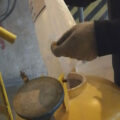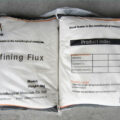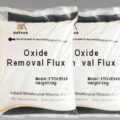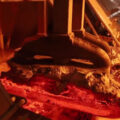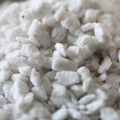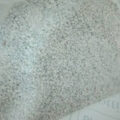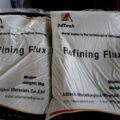Multi-function refining flux is an important auxiliary material in aluminum alloy smelting. At present, the main components of flux on the market are chloride and fluoride. Among them, chloride has a strong water absorption and is easily affected by moisture.
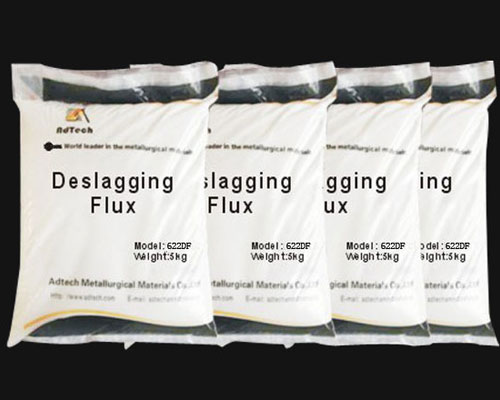
Therefore, the raw materials used for flux production must be dried, water must be completely removed, and the packaging must be sealed. Prevent damage during transportation and storage and pay attention to the production date. If the storage period is too long, water will be absorbed. In the melting of aluminum alloy, if multi-function refining flux such as slag remover, refining agent and covering flux are used to absorb water, hydrogen absorption will occur in molten aluminum.
Aluminum alloy smelting is one of the most important processes in producing high quality cast bars. If it is not controlled properly, there will be various casting defects, such as slag inclusion, porosity, coarse grains and so on, so it must be strictly controlled.
The melting temperature of aluminum alloy should be controlled between 750-760 degrees. If it is too low, it will increase the generation of slag inclusion. If it is too high, it will increase hydrogen absorption, oxidation and nitriding combustion loss.
The results show that the solubility of hydrogen in molten aluminum rises sharply above 760 ℃. There are many ways to reduce hydrogen absorption, such as dry furnaces and tools, and the use of multi-function refining flux to prevent wetting and deterioration. Melting temperature is one of the most sensitive factors. High smelting temperature not only wastes energy and increases cost, but also directly causes blowholes and coarse grains.
It is very important to select good refining flux and suitable refining process. At present, most of the refining of aluminum alloy is by powder spraying. The refining method can make the refining agent fully contact with liquid aluminum, so as to maximize the efficiency. Although this feature is obvious, attention must also be paid to the refining process, otherwise the desired effect will not be achieved. The nitrogen pressure used in powder spraying refining is better.
If the nitrogen used for refining is not chlorine with high purity (99.99% N2), more nitrogen will be blown into molten aluminum, and the more moisture in nitrogen, the molten aluminum will be oxidized and more hydrogen will be absorbed. In addition, high nitrogen pressure and large rolling wave generated by molten aluminum increase the possibility of oxidation and slag inclusion.
If high purity nitrogen is used in refining, the refining pressure will be high, the bubbles will be large, the buoyancy of large bubbles in liquid aluminum will be large, the bubbles will rise rapidly, the residence time in liquid aluminum will be short, the effect of hydrogen removal will be bad and waste. Nitrogen increases the cost.
Therefore, the use of nitrogen should be reduced and more refining agents should be used. More refining agents only have advantages and are harmless. The key point of powder spraying refining process is to use as little gas as possible and spray as much refining agent as possible into molten aluminum.

